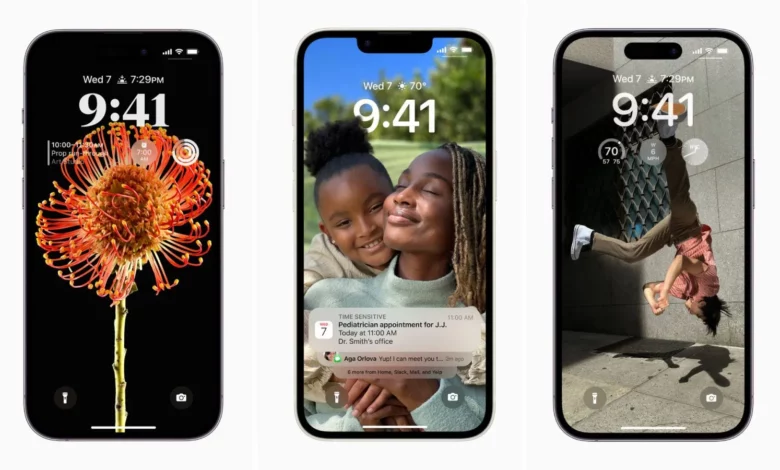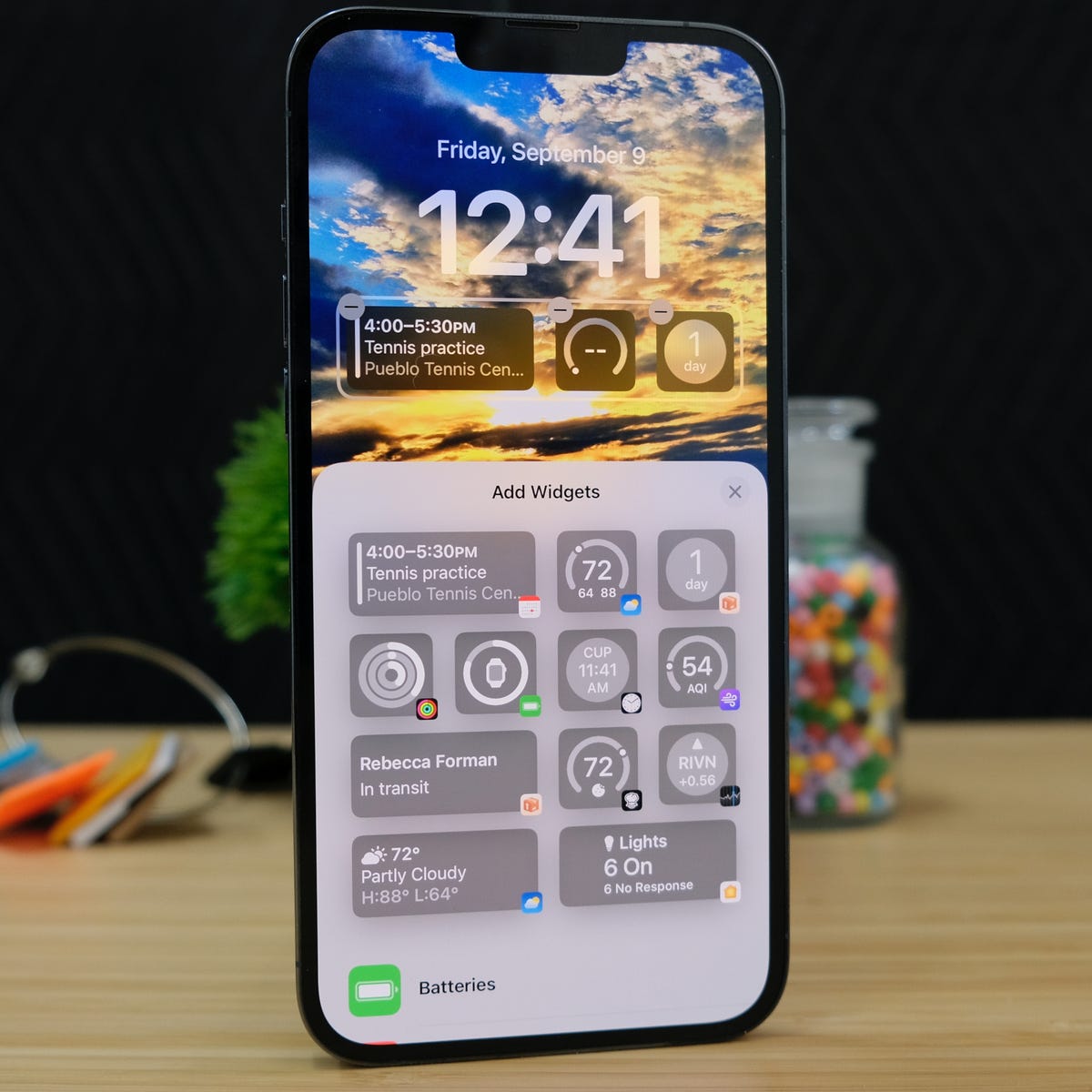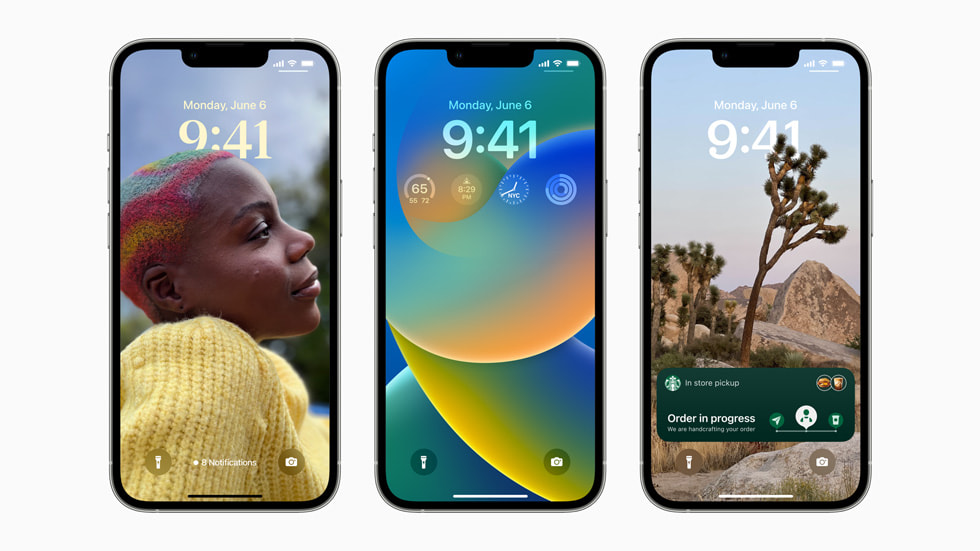Apple’s iPhone at 16: Why the most influential product of all time needs the next big thing?

Why the most popular product of all time, the iPhone, need the newest innovation at age 16? Legacy of the iPhone: The iPhone is essential to Apple’s success, but because it created the modern smartphone, Apple is no longer able to innovate. Although a VR/AR headset is reportedly in development, it won’t likely replace the iPhone right away.
The late Apple co-founder Steve Jobs introduced the iPhone, which has since grown to be the most influential product of all time, 16 years ago this week. In addition to making Apple the richest tech company in the world, it also altered the mobile industry. At Macworld 2007, Jobs unveiled the iPhone and hinted that it would be a three-in-one product that included “a widescreen iPod with touch controls, a revolutionary mobile phone, and also a breakthrough Internet communications device.”
Apple has since sold more than a billion iPhones, making it the most successful publicly traded company. Due to the iPhone’s phenomenal success, a mobile economy was born, giving rise to multibillion dollar businesses like Uber, Snap, and Spotify. But there are concerns about the continued usefulness of the iPhone as Apple nears the release of a mixed-reality headset this year. The more crucial question is: Will we still be using iPhones in a few years? But the tale of the technological innovation that transformed society—and how Apple came to rule the globe—will never lose its allure.
The Apple’s iPhone opened the door for current smartphone architecture.
Before the invention of the phone, smartphones did exist, but they did not resemble modern smartphones in any way. BlackBerry offered phones with physical keyboards that were geared toward business, whereas Nokia produced the communicator series, which was designed to resemble a mini-laptop.

When the iPhone debuted on the market, it introduced a design aesthetic that later served as the basis for all subsequent smartphones. The iPhone was created by Apple’s top designer Jony Ive, who had previously proven himself with the iMac G3 and iPod. It had a 3.5-inch multitouch touch screen and a glass slab with a single button at the bottom.
The phone itself, as well as the design and user interface, were unique compared to other products on the market. Based on the iPhone’s design model, knockoff phones from HTC, Samsung, and other manufacturers began to appear, and this trend is still going strong today.
The App Store and iOS altered how we use smartphones.
The iPhone wasn’t flawless right out of the gate. Although it lacked a number of essential features, Apple continued to enhance its capabilities with each new iPhone generation. The software on the iPhone was really where it excelled. Other smartphone operating systems were nothing like iOS. The user interface was straightforward, useful, and simple to use. The iPhone contributed to an increase in mobile Internet browsing and streaming because of iOS.

The biggest innovation occurred when Apple unveiled the App Store in 2008 as a new platform for publishing and disseminating apps for the iPhone. There are currently millions of apps available on the App Store, up from its initial 500 apps. iPhone apps generate billions for their creators and have given rise to entirely new industries. Consider YouTube, Spotify, Uber, Instagram, and the countless other apps and services. The App Store streamlined the process for iPhone users to find the app they want to download while also making it simpler for developers to create and distribute their software.
Apple distinguished its products from competitors like Google’s Android, a powerful operating system that is more “open” in nature. Apple’s strict policy of approving each app and forbidding third-party app stores from operating on the iPhone helped the company.
With the help of the apps, the iPhone was transformed into a “everything” device—a single piece of technology that could be used for banking, shopping, socialising, entertainment, and news consumption.
Apple’s popularity was boosted by a reliable supply chain.
But there were other factors besides the smartphone market that contributed to the success of the iPhone. The fact that Apple is able to assemble the iPhone in locations like China, where its manufacturing partners like Foxconn are located, and produce millions of iPhones annually while distributing them around the globe at breakneck speed is evidence of a vast and effective supply chain at work 24 hours a day. The iPhone is created by the company in Cupertino, California, the parts are sent to factories in China and India, the iPhones are shipped to warehouses, and finally, the iPhones are sent to retailers all over the world.
Apple is able to produce the iPhone at scale and sell them for a profit thanks to this reliable supply chain. The company has benefited greatly from this strategy, largely because of China and its economic structure. Tim Cook, who succeeded Steve Jobs as CEO of Apple after his death in 2011, designed the company’s supply chain, which has enabled it to sell billions of iPhones and generate hundreds of billions of dollars in profits. Apple claimed to have supported and created 4.8 million jobs in China in 2017.
However, Apple’s reliance on the iPhone is reducing its innovation.
The iPhone is more than just a smartphone; it unifies and seamlessly integrates the entire Apple ecosystem. The iPhone is essential to Apple’s success, but because it created the modern smartphone, Apple is no longer able to innovate. This is a problem that many businesses encounter as they grow enormously.

The monopoly that Apple has because of its control over the App Store has been targeted by regulators. Consumer advocacy groups have charged Apple with deliberately reducing the reparability of its hardware products. Apple has implemented a number of new developer-focused initiatives and simple-to-repair programmes, but some people feel that these steps are insufficient.
But Apple’s continued reliance on the iPhone continues to be its biggest problem. Not that the iPhone is dead or dying, just that its growth has slowed, if not reached a peak. The company stopped disclosing unit sales in 2019, which raised the possibility that the iPhone may not be as more profitable for the company as it once was.
Despite this, the iPhone continues to be the company’s main driver of growth and will do so for some time to come. The iPhone won’t disappear because Apple sees India as the following significant growth market.
Investors, however, want the company to demonstrate its future plans. Apple hasn’t revealed what might succeed the iPhone, but it’s rumoured to be working on a mixed-reality headset with ski goggle-like features that could be ready for the showcase as early as this spring. While the iPhone isn’t likely to be replaced by a VR/AR headset right away, it does seem that the company can no longer make the kind of seemingly limitless profits that it once did and that it must no longer rely on a single successful product to maintain its dominance.
edited and proofread by nikita sharma




